The two-component electricity price mechanism will be piloted for production groups in 2024 and expanded in 2025 when there is a full legal basis and conditions for implementation.

Vietnam Electricity Group (EVN) has just proposed to the Ministry of Industry and Trade on the mechanism and roadmap for application. electricity price two components
Accordingly, the two-component electricity price will include the capacity price and the electricity price, that is, the amount to be paid for the registered capacity and the actual electricity consumption, instead of only calculating the actual electricity consumption as at present.
Testing before mass adoption
The project has classified three customer groups including non-domestic customers, residential customers with output over 2,000 kWh/month and under 2,000 kWh/month.
In addition, the voltage levels applied including extra high voltage, high voltage, medium voltage and low voltage are also classified.
Specifically, for non-residential customers, there will be a common two-component electricity price list in the form of capacity price (VND/kW) and peak and off-peak electricity price (VND/kWh). These are the three groups including production, business and administrative services in the current price system.
Household customers with a scale and consumption output greater than 2,000kWh/month will be the same as non-household customers but consume at low voltage level. Statistics show that this group is up to 56,000 customers, so equipping a two-component metering system is not possible in the immediate future.
Therefore, it is possible to consider a two-component price option in the way it is applied to households with output under 2,000kWh/month, that is, collecting a fixed price according to the package and the electricity price remains unchanged.
For customers with low consumption output (
This is the group with the largest number of customers. Meanwhile, the group of customers consuming less than 50kWh/month is still receiving support from the Government. Therefore, the consumption scale to calculate the fixed price is being built according to the current ladder form.
The classification of the above objects is considered as a reference for the symbol system. retail electricity price two components for Vietnam in the coming period.
Therefore, the implementation needs a specific roadmap for each stage. This process is accompanied by full preparation of metering infrastructure issues, especially issues related to legal corridor and media.
According to EVN's proposal, the pilot application will initially be applied to typical and efficient households belonging to the group of large electricity customers (as stipulated in Decree 80/2024 on the direct electricity purchase and sale mechanism). During this period, the electricity industry and customers will still use the current price system to calculate electricity bills.
The results of the two-component price list will serve as a basis for internal control during testing to summarize, draw experience and make appropriate adjustments before officially implementing.
Fair and appropriate
Speaking with Tuoi Tre, Associate Professor Tran Van Binh, an electricity expert at Hanoi University of Science and Technology, said that the development and early application of a two-component electricity price list is necessary to ensure that electricity users pay the correct costs of the system, avoiding leveling.
In principle, the two-component electricity price will include the capacity price (fixed capacity registered by customers) and the electricity price (actual electricity usage is calculated at the same price), so the more electricity is used, the lower the electricity price will be. Calculating the electricity price based on the long-term marginal cost - that is, the cost of electricity production - is also appropriate.
"This is to accurately reflect the amount of electricity used at each time of use. For example, users in off-peak hours with low costs only have to pay low costs. But if they use during peak hours, the cost of generating electricity from the system is high, they will have to accept paying high costs," said Mr. Binh.
Mr. Nguyen Minh Duc, Legal Department - VCCI, said that applying two-component electricity price is similar to calculating fixed telephone charges. Accordingly, users will have to accept paying a "monthly subscription fee" which if not using electricity will still cost money, considered as payment for fixed investment costs of the electricity industry.
The remaining amount is calculated based on the actual amount of electricity used, just like "calling" costs money based on actual minutes of calling. "Therefore, calculating these two components more accurately reflects the cost that the electricity industry has to spend to provide electricity to each customer, including line costs and electricity costs. This way of calculating is therefore fairer among customers," Mr. Duc affirmed.
However, experts also said that there needs to be an implementation roadmap that is carefully calculated based on consulting with affected parties, experts and scientists.
According to Mr. Binh, the two-component electricity price is a new electricity price mechanism and Vietnam has no precedent for applying it. Therefore, before applying it, even on a pilot basis, it is necessary to widely consult scientists and users.
Similarly, Mr. Duc also said that in the immediate future, it is possible to apply a pilot program to some areas and customer groups, such as focusing on new customers, as a basis for evaluation and expansion.
Source


![[Photo] "Beauties" participate in the parade rehearsal at Bien Hoa airport](https://vstatic.vietnam.vn/vietnam/resource/IMAGE/2025/4/11/155502af3384431e918de0e2e585d13a)




![[Photo] Looking back at the impressive moments of the Vietnamese rescue team in Myanmar](https://vstatic.vietnam.vn/vietnam/resource/IMAGE/2025/4/11/5623ca902a934e19b604c718265249d0)




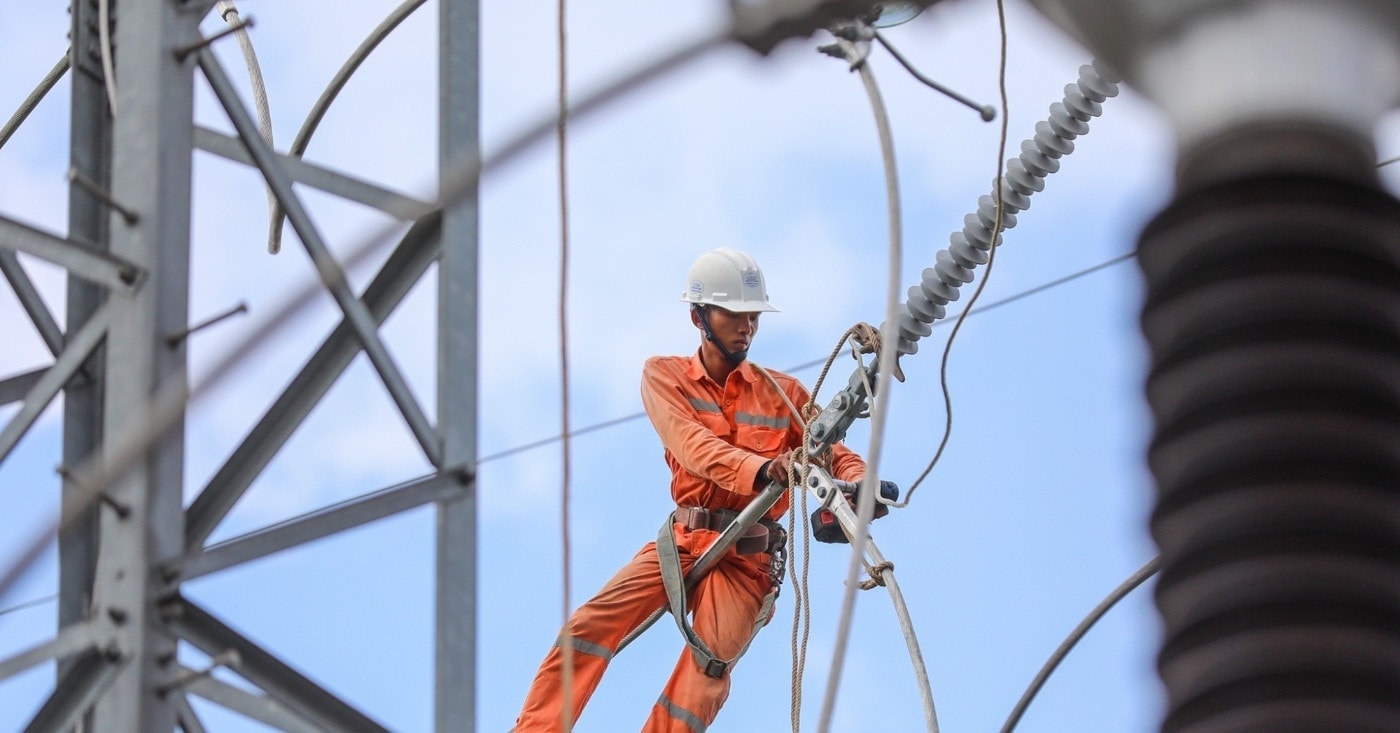
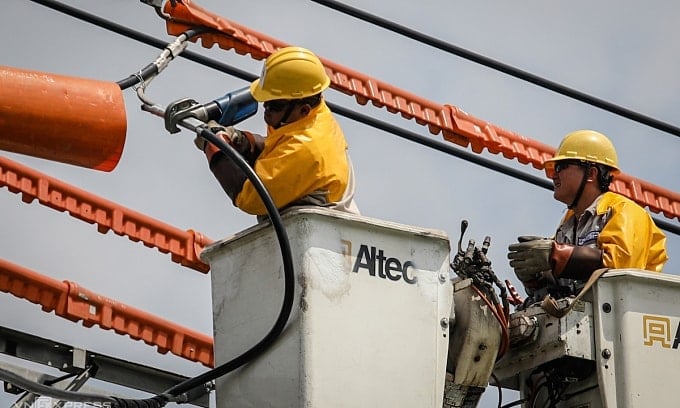

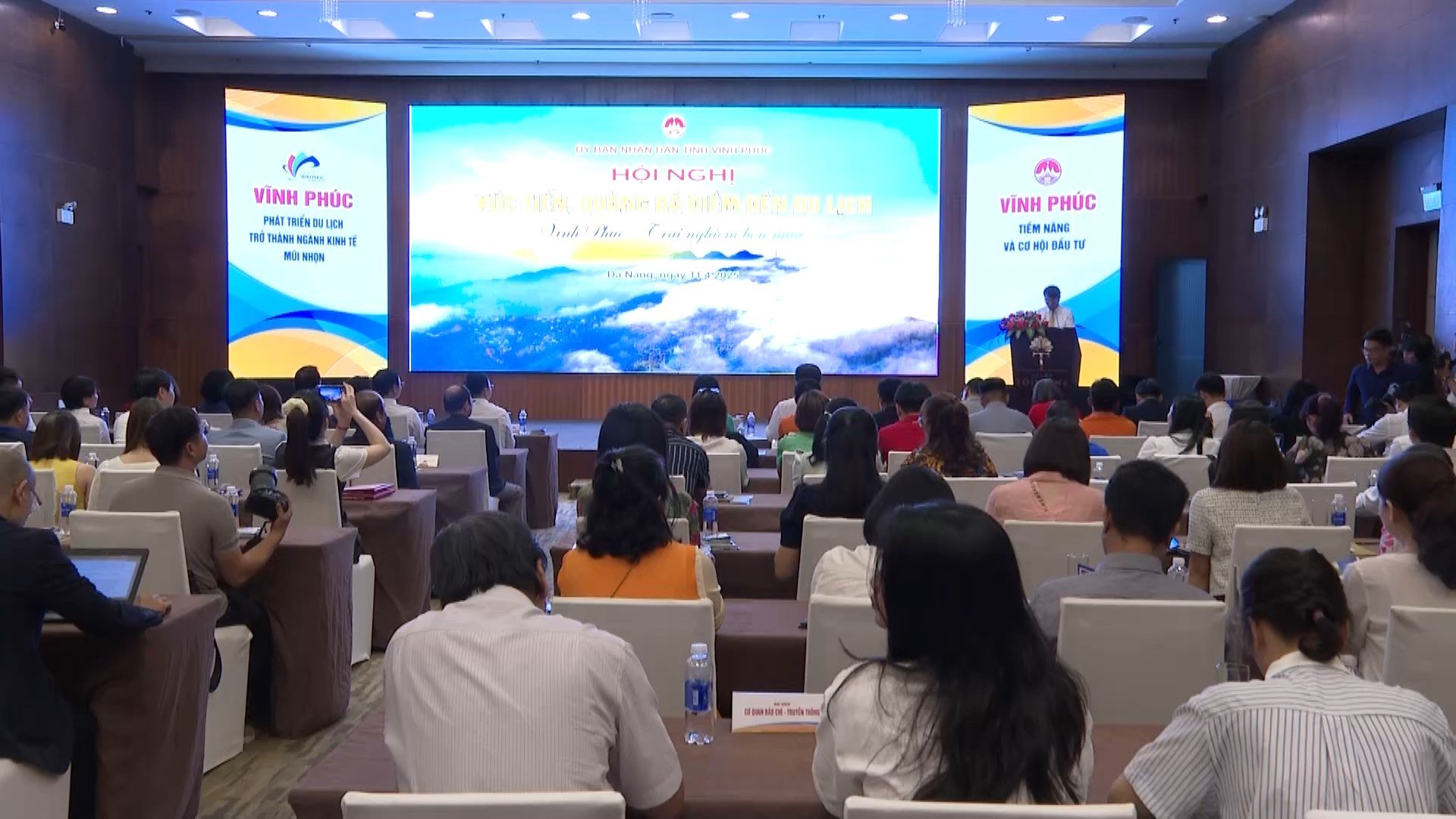

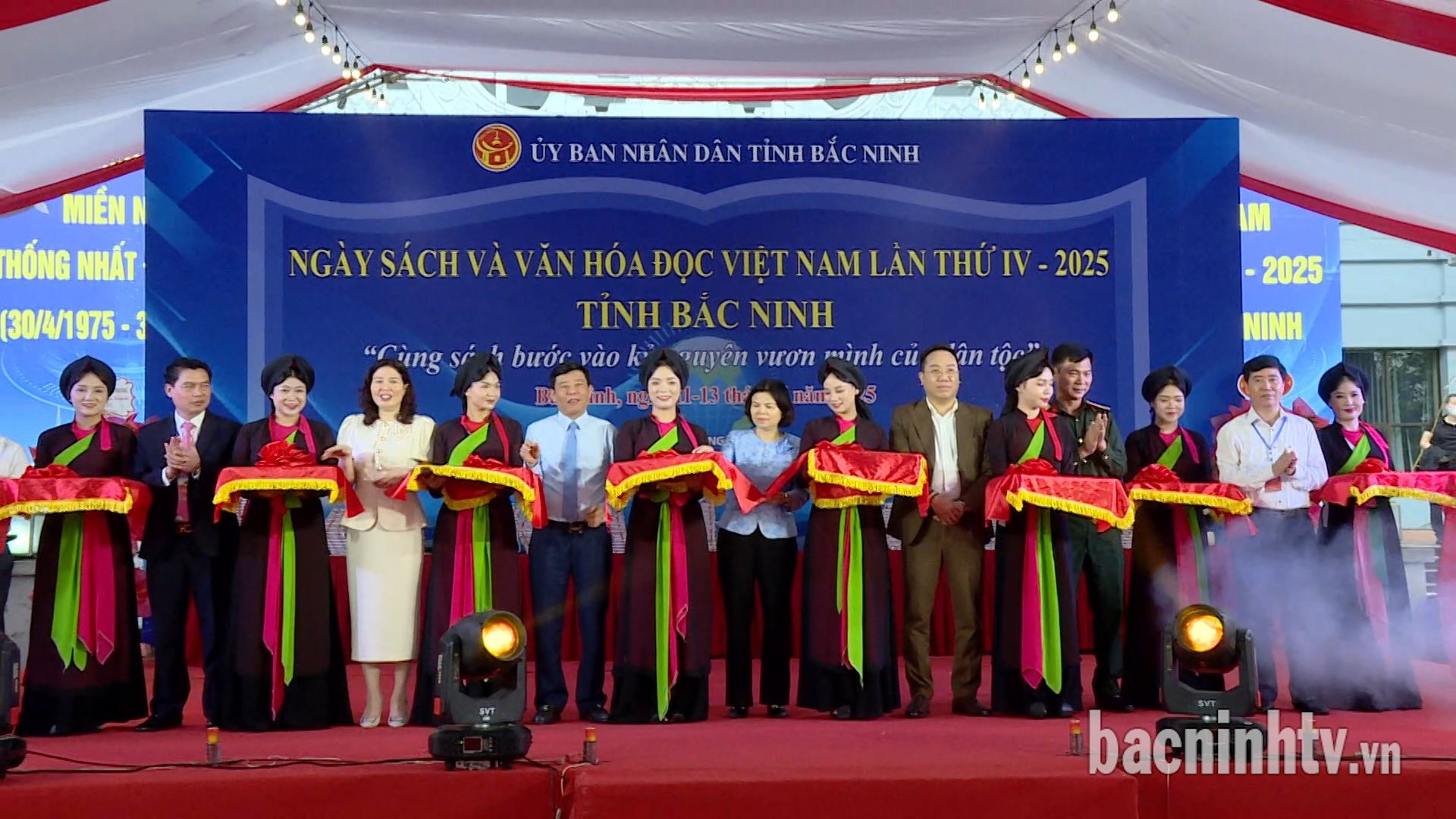





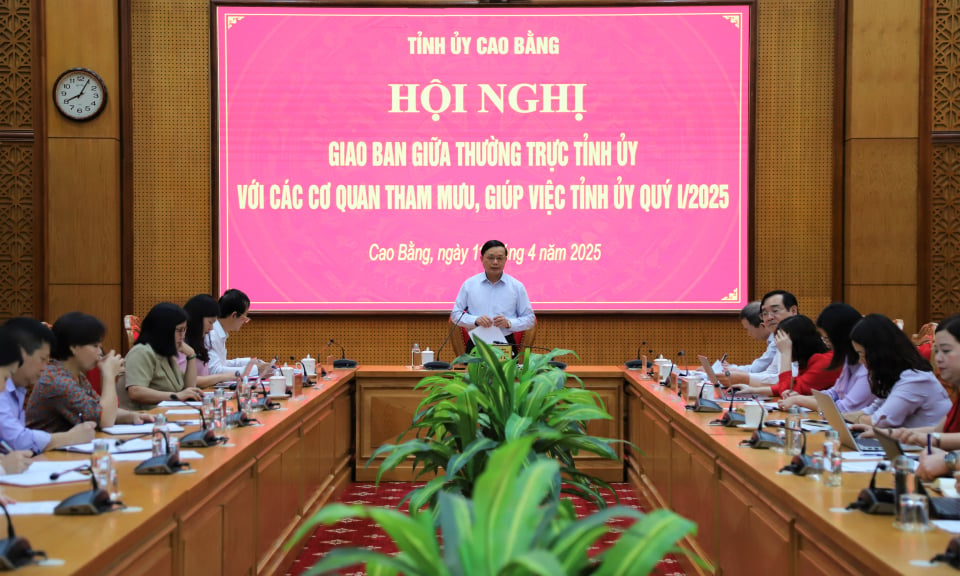
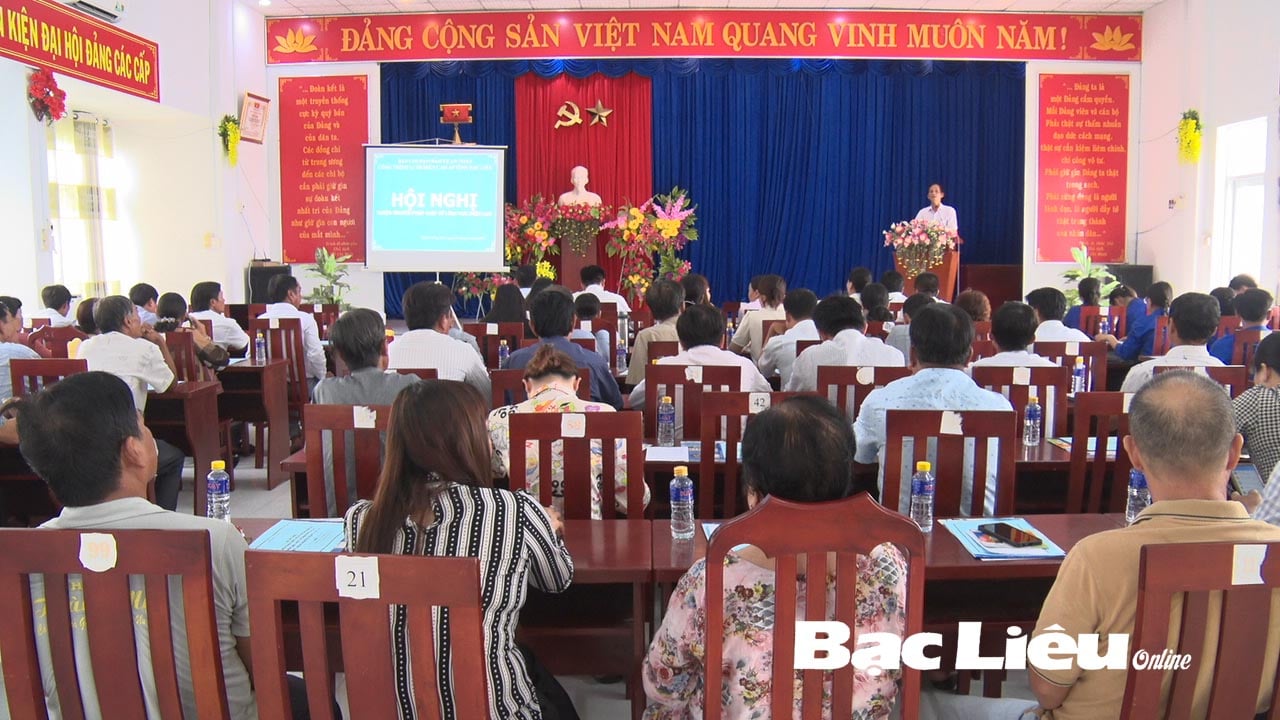

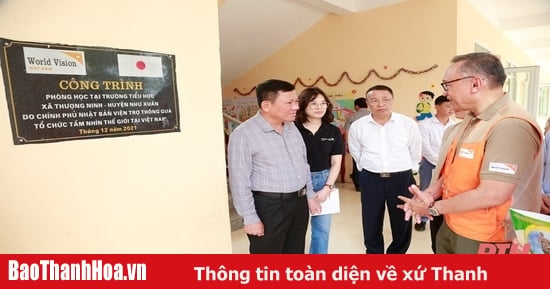
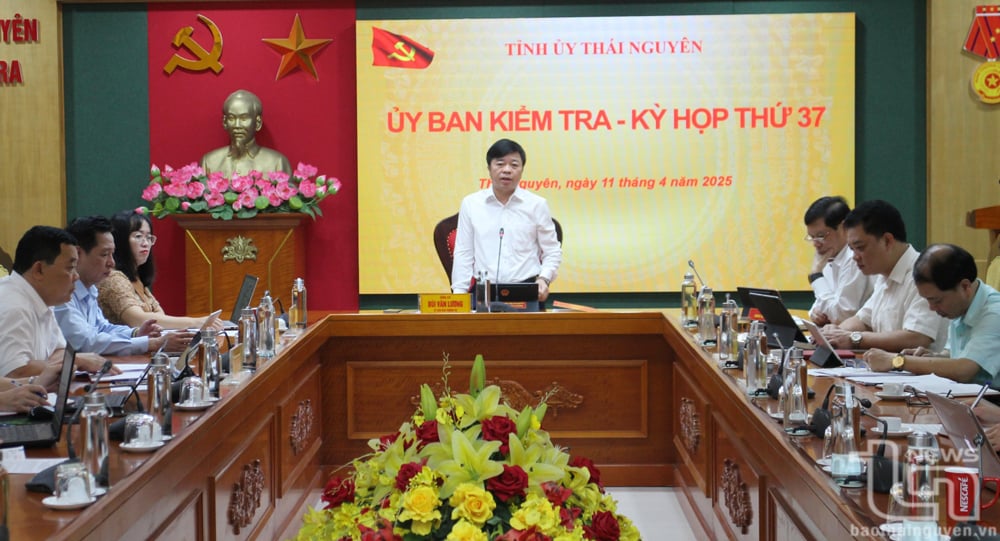

![[Photo] Summary of parade practice in preparation for the April 30th celebration](https://vstatic.vietnam.vn/vietnam/resource/IMAGE/2025/4/11/78cfee0f2cc045b387ff1a4362b5950f)







































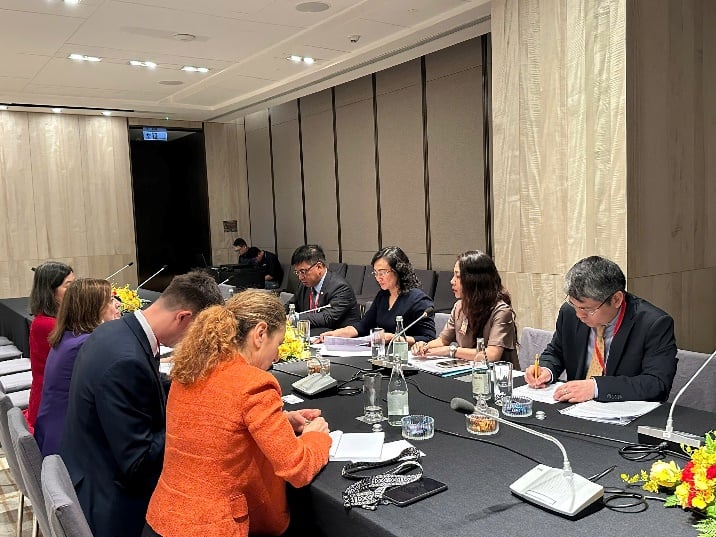
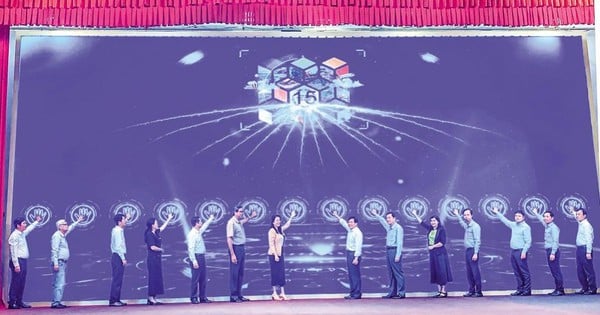
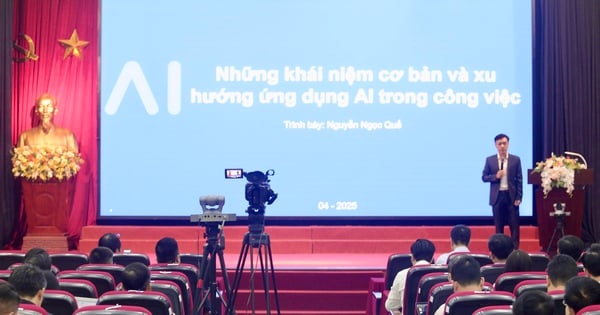















Comment (0)